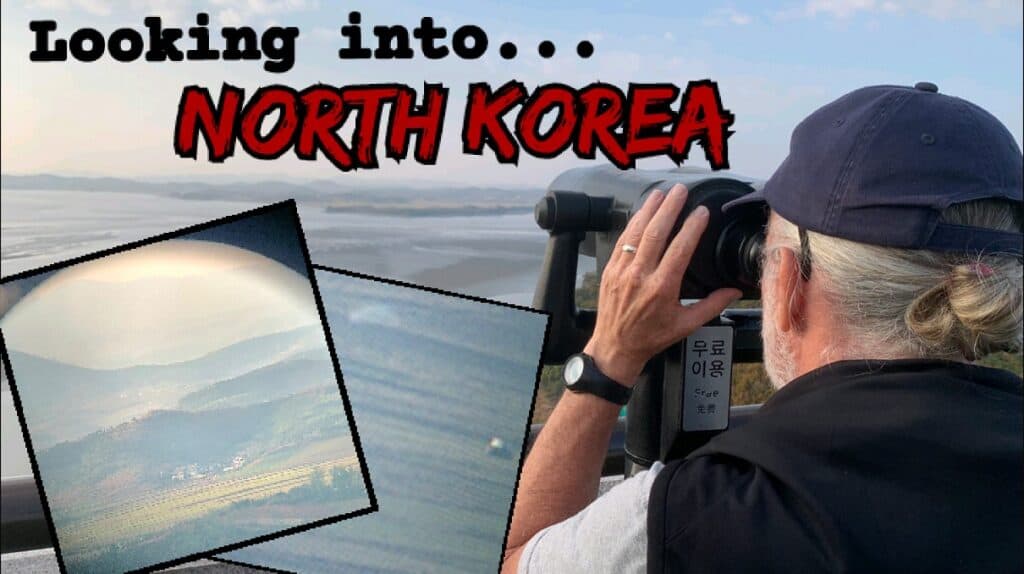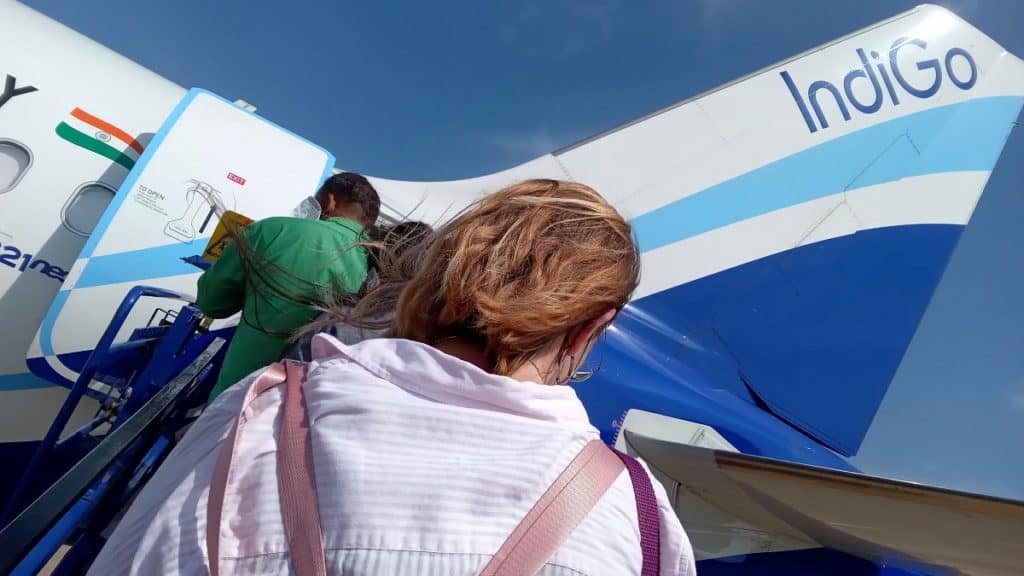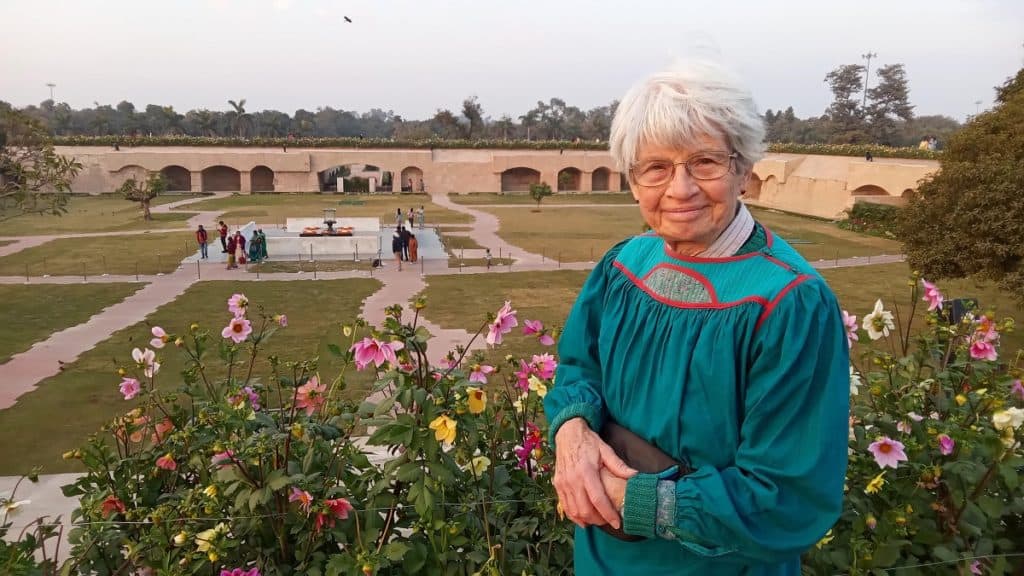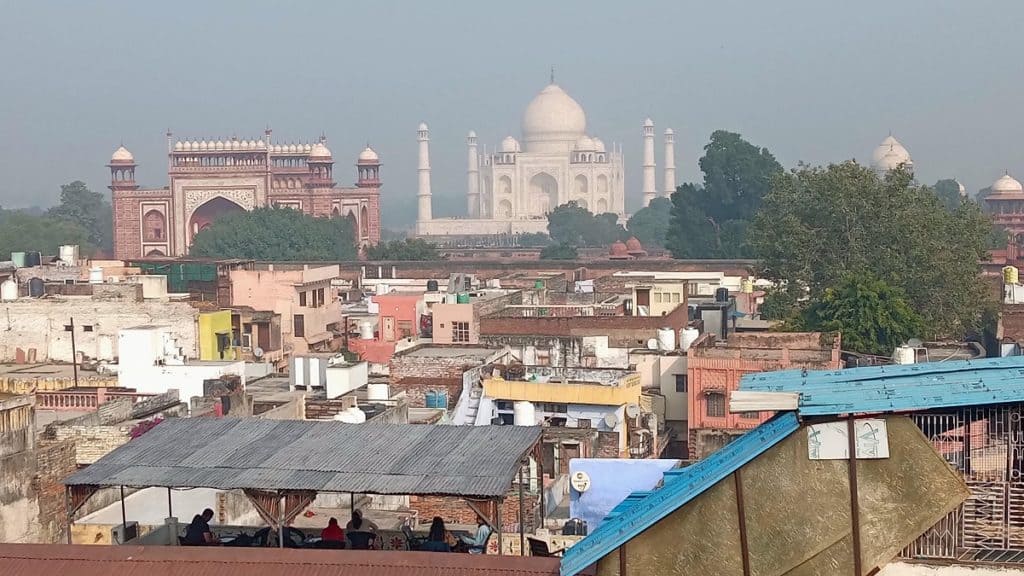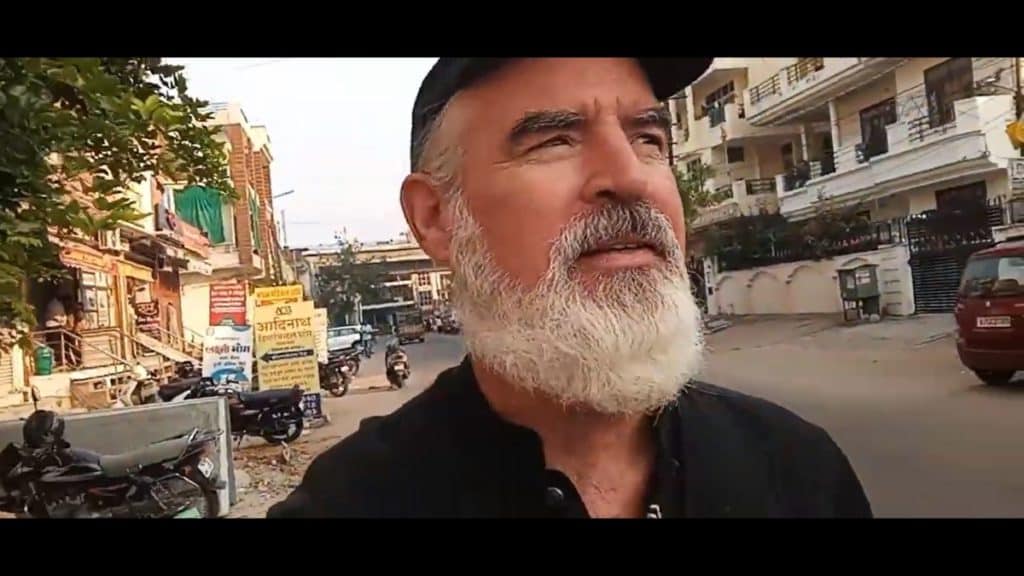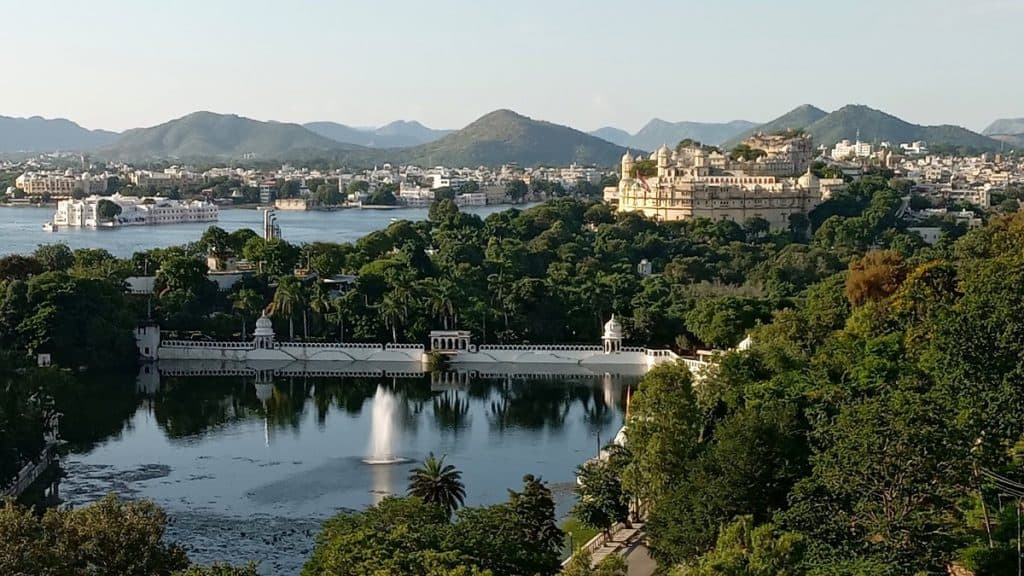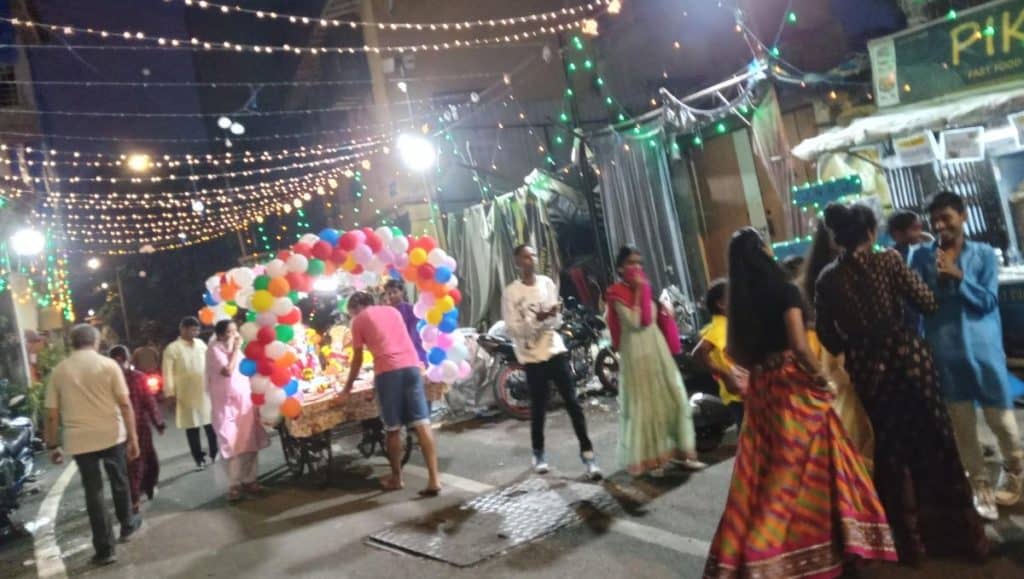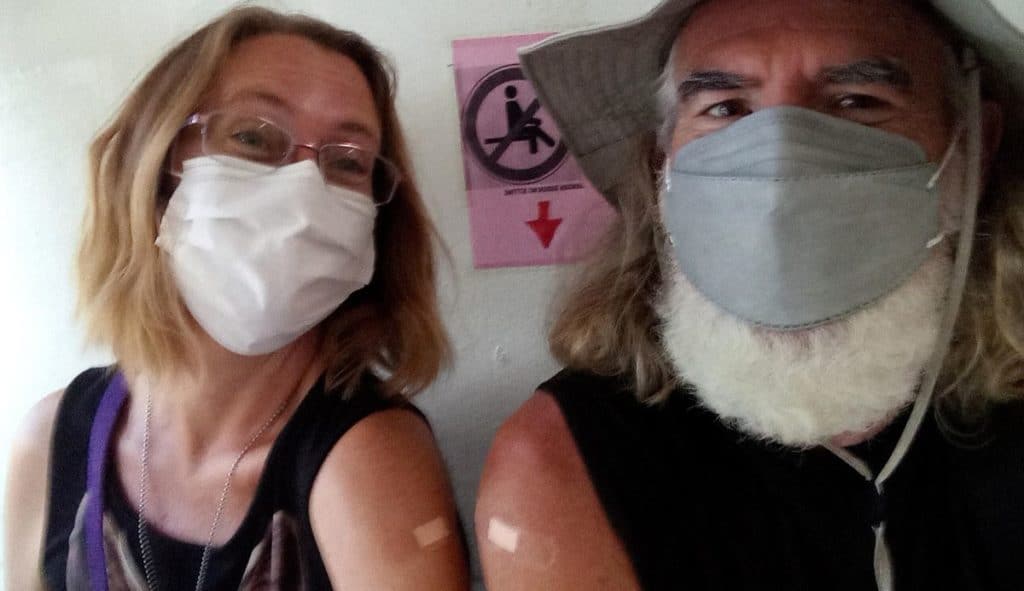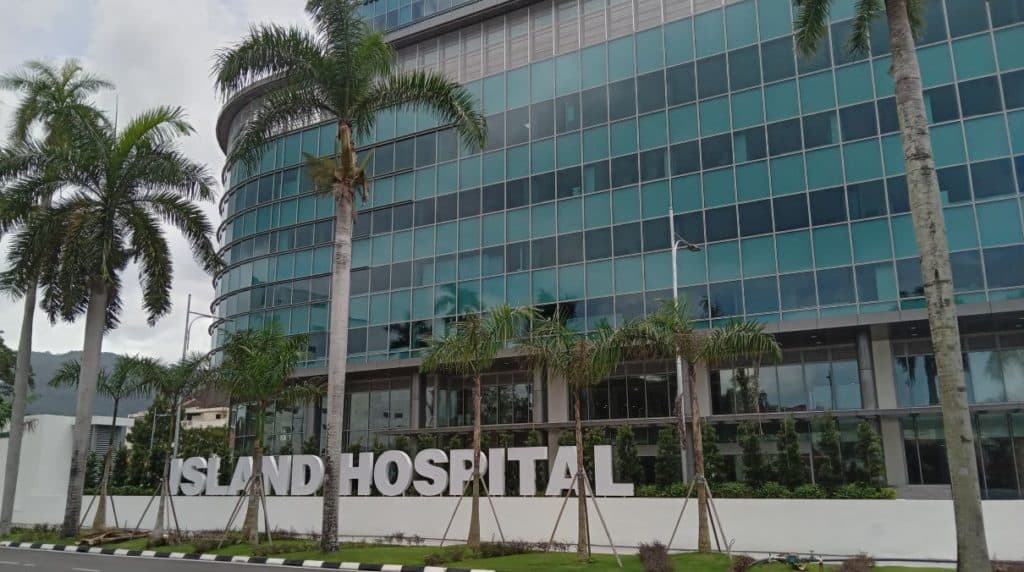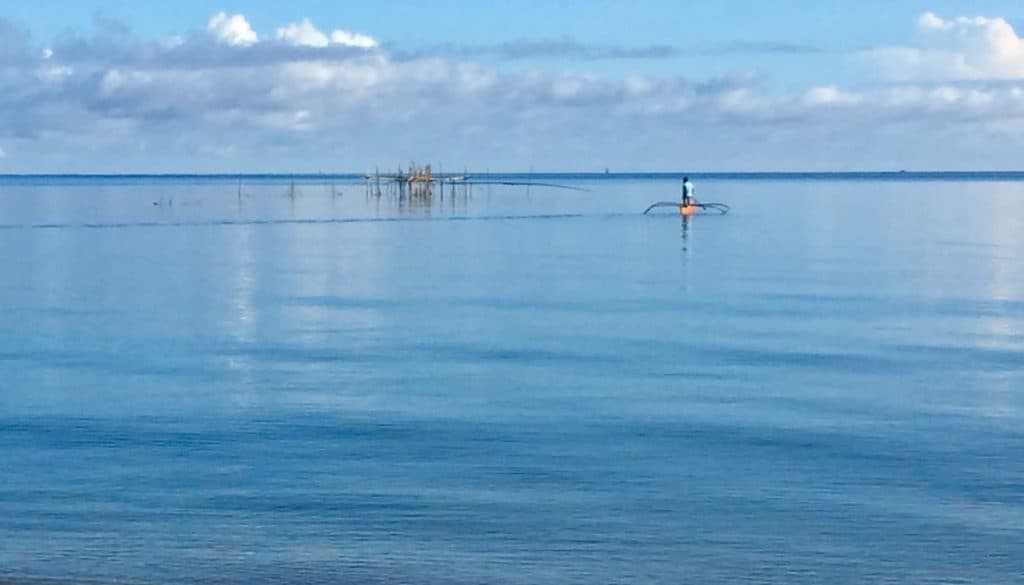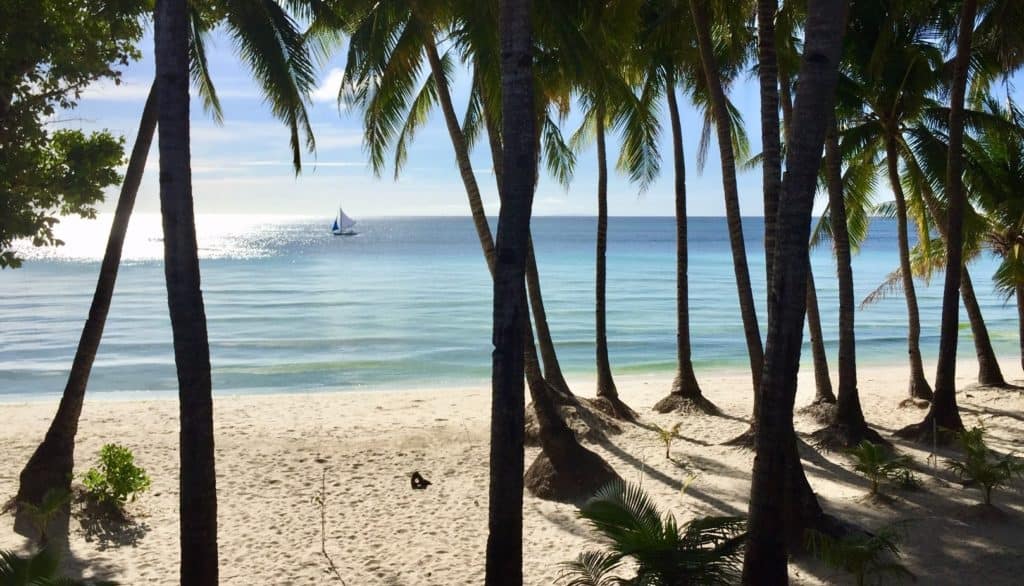Tokyo, Japan. An estimated 38 million people in the metropolitan area; the most anywhere on planet Earth. Wow!
The Earth Vagabonds have been to many huge cities. Istanbul, Bangkok, Chennai (India), New York City, Dubai are some of our recent favorites.
But Tokyo is the starting point for our first-ever visit to East Asia. Through the rest of 2024 we will slow travel in Japan, South Korea, and Taiwan. That means new cultures, customs, and costs. And undoubtedly some surprises.
We’ve only been here a week. Yet a bunch of things about Tokyo are confounding me. Below are ten Tokyo surprises.
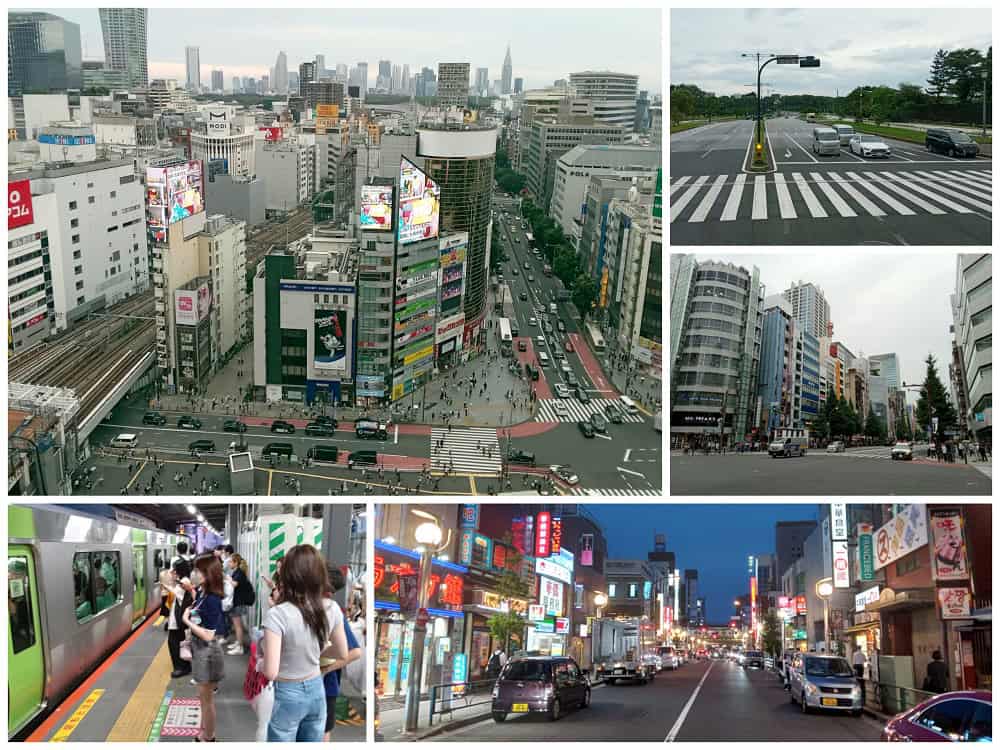
10 Tokyo surprises
1. Light traffic
One thing seems certain world over: big cities are snarled with traffic. Not so in Tokyo. Amazingly, the roadways are usually mostly empty. Yep. In the central business and tourism areas – amazingly few cars and congestion. It reminds me of American cities on an early Sunday morning.
The reason: the urban train transport system here is so convenient and efficient and safe and reasonably priced that owning a car is unnecessary. Add the hassle and cost of parking, fuel, maintenance, insurance, etc. and automobile ownership becomes truly unattractive. Everyone is on the trains. And the system smoothly handles the estimated 40 MILLION rides every day.
We’ve been told there will be more cars and traffic in other parts of Japan. But I can honestly say, Tokyo is the least trafficked big city I have ever seen.
2. Calm, quiet, peace.
As a direct result of the absent vehicle congestion, an odd kind of quiet pervades even the most bustling commercial areas. No roaring trucks or buses (there are seemingly few public buses compared to trains). No revving, racing, raging, honking, jamming, jostling. There are hardly any motorbikes either. And all vehicles respectfully yield to pedestrians.
Of course, I’m used to the craziness of India — but still, it’s hard to fathom the difference in this largest metropolis on Earth.
If you’re wondering, yes, there are plenty of taxis and Ubers (similar to U.S. prices). And traffic does pick up some during ‘rush hours’. But we’ve never seen a traffic jam. And I’ve only heard ONE horn in a week! Only emergency vehicles make any noise disruption (sirens) — and we’ve laughingly noticed how slowly and carefully they drive.
3. The machines
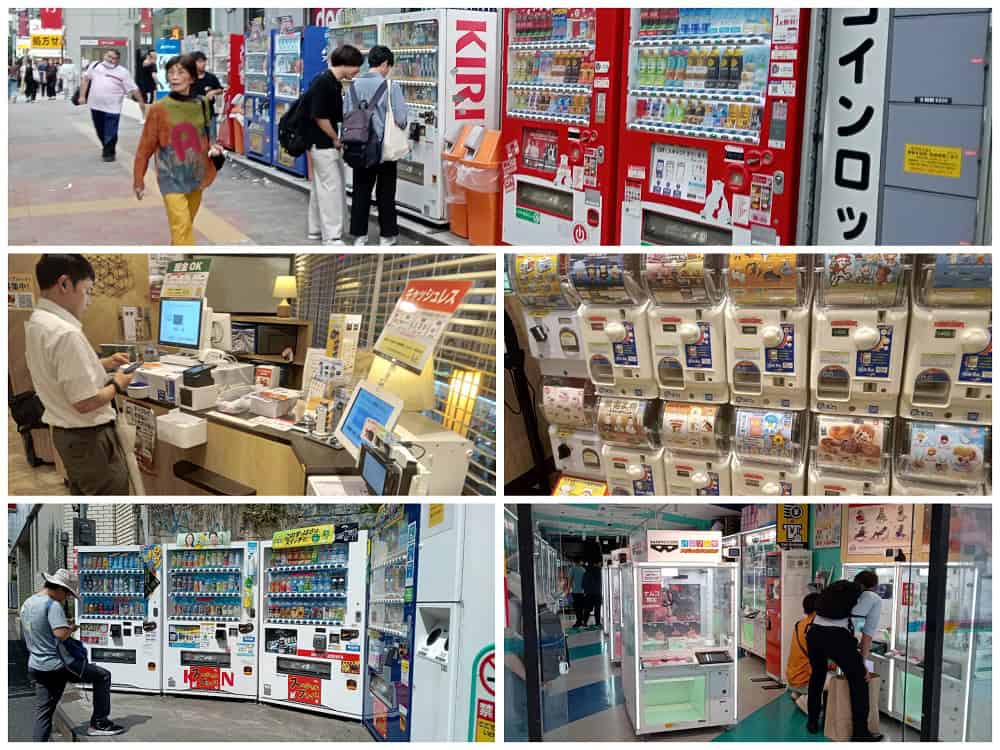
I’ve long been aware that vending machines are more popular in Asia. But here in Tokyo, they are everywhere. Every street corner and train station and park and alleyway seems to have a big machine selling drinks. Often a wall of machines. Private businesses – even homes – have the machines in their facade or along the sidewalk.
Additionally, machines are frequently used inside businesses for payment. At a convenience store or restaurant, at checkout, it’s common to put cash into a machine (or use card/QR code) and receive change. Of course, all transactions at the urban rail stations are done at machines too. And I have rarely seen any machine of any kind ‘out if service’ or broken or damaged or vandalized in any way. They are neat and clean and reliable and convenient.
4. 7-11 is a way of life
7-11, Lawson, Family Mart, Ministop, and other convenience stores are everywhere in Tokyo. And inside you’ll usually find a dizzying array of prepackaged foods/meals. I’ve never seen so many ready-to-heat-‘n-eat foods. At least 50% of the space of some stores is packaged meals (and refrigerated drinks – including beer 😃).
Equally surprising, everybody is buying the stuff. Personally, I’ve only ever bought food at convenience stores in an ’emergency’. But I guess when apartments are tiny and have little space for storing or preparing food, grabbing an easily microwaveable snack for most meals makes sense.
7-11 has over 21,000 stores in Japan alone. And apparently their subsidiary “7 Bank” is a respected financial institution here too. We were advised to use the ATMs at 7-11.
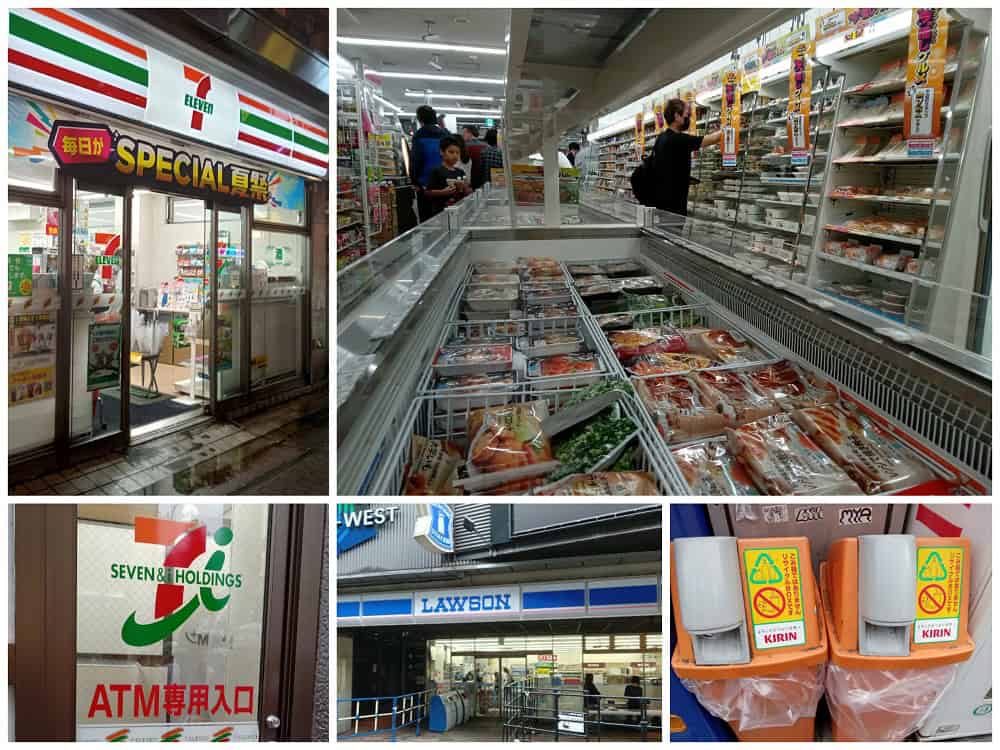
5. Recycling
Not really a surprise, but impressive nonetheless. With so much packaging involved in the stores and machines mentioned above, there is a lot of plastic trash/waste. Recycling is mandatory; separation of plastics, metal, burnables, organics, etc.
There are often bins near the vending machines for the plastic drink bottles, but surprisingly few public trash cans. It is said garbage cans were removed after the Sarin gas terror attacks in 1995 (deadly chemicals were hidden in subway trash cans). Now the Japanese population is conditioned to take their trash home and sort/dispose properly.
6. Signs & order
As with the garbage disposal, many things are ‘regimented’ in Tokyo. And from what we’ve seen, the populace complies. I say only half-jokingly — the alternative is India. General chaos!
Signs, directives, notifications, admonishments are everywhere; the exact opposite of India and the developing world. In fact, sometimes there is so much information in view that it becomes disorienting.
In addition, a huge number of ‘safety personnel’ are employed in Tokyo. Not ‘real police’ – but security guards, auxiliary police, crossing guards, monitors, guides, volunteers, etc. Many appear to be retirement-age men.
Always they are in spiffy uniforms: badges, helmets, safety gear, Covid masks, gloves, flashlights, whistles. They make sure the ‘rules’ are followed. To us, they are always VERY friendly. It’s just amusing to see three or four costumed ‘safety guards’ at any small construction scene. In the Philippines, there might be a couple coconuts placed in the road!.. lol.
7. Characters, cartoons, anime
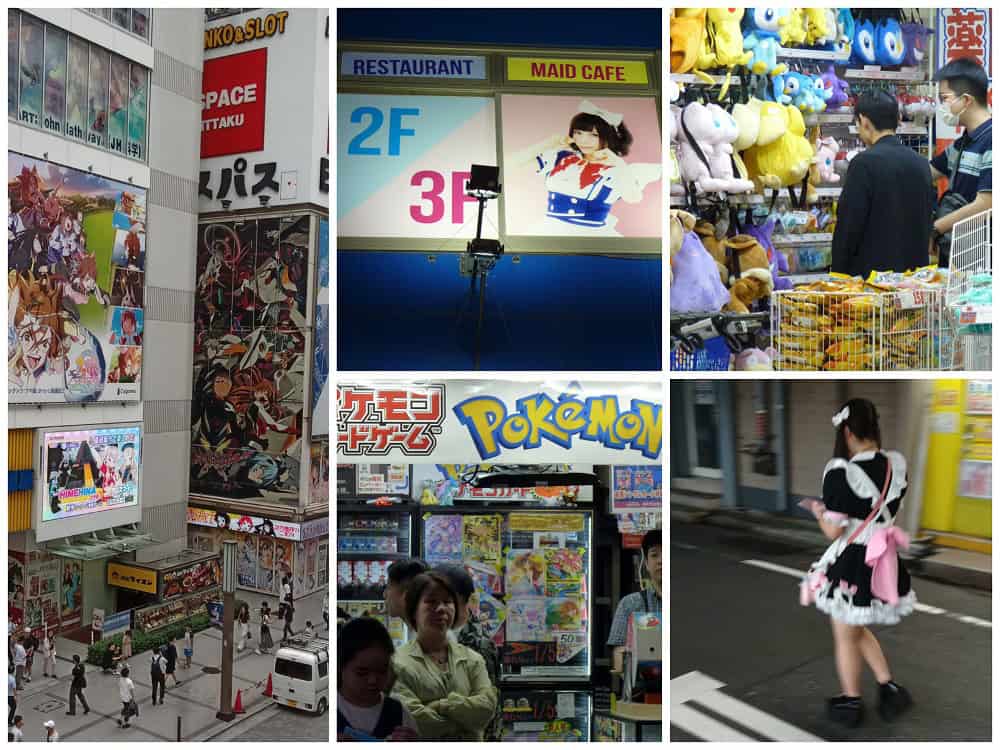
Another overwhelming facet of Tokyo culture is the fascination with characters. Whether it’s anime or stuffed animals or cartoons or robots/transformers or video gaming, characters are everywhere – and obviously, very big business.
There are whole stores filled with ‘action figures’ and collectibles of every imaginable kind. I recognize Pokémon and Hello Kitty and a few other Marvel creations, but the amount and variety of all the stuff is stunning.
What’s more, young people walk around dressed in ‘anime fashion’. Young women especially. Goth characters, housemaids, super heroes – like Halloween. There are even theme cafés that celebrate the ‘lifestyle’.
8. Modesty & manners
Ironically, while many teens are all about cartoon fantasy land – the adults in Tokyo are serious. People are reserved, polite, inconspicuous, modest. Muted colors and western business casual clothing is the norm (occasionally a kimono is seen). Ellen noticed smiles are few. I haven’t seen flip-flops since we arrived. Even shorts are rare – though it has been extraordinarily hot. Zero tattoos are visible – except on tourists. Tattoos are associated with the yakuza (organized crime sydicates) — nobody displays them.
In a place with so many people, it feels like efficiency is prized – cordiality expected – privacy respected – disruption discouraged. Very few people have engaged with us beyond necessary ‘service’. The few who have are overseas foreign workers from Bangladesh, Nepal, Uzbekistan. Japan’s population is aging and decreasing. They need workers.
9. Cost of living
A pleasant surprise. We knew Tokyo/Japan would mean a bump up in our travel budget. But we are confident our slow travel style won’t break the bank. Indeed, Ellen has just returned to me from America, and she says Tokyo prices are far more reasonable.
Big city prices and amenities can be all over the spectrum. But our current Airbnb room, with small kitchenette, in the trendy Shinjuku area, is $68 per night. Of course, we’ve gotten cheap snacks at 7-11. And we’ve had some nice restaurant meals for $20 to $40 each in total. Tipping is uncommon. The lowest price, decent, carry-out beer I’ve found is 142 yen (88 cents) per 350ml can (500 yen & up in restaurants).
Tokyo transport and attraction prices seem on the low end of ‘world-class’ cities. It’s very easy to get around, hang out, and live ‘like a local’. We’re staying just 10-nights in Tokyo – then off to Mt. Fuji, Kyoto, Osaka, Hiroshima, Fukuoka. Those places should be lower cost. Hopefully we can keep our overall monthly outlays in Japan to near $3,000 ($100+ per day). South Korea in September/October should be a step down cost wise.
10. The toilets
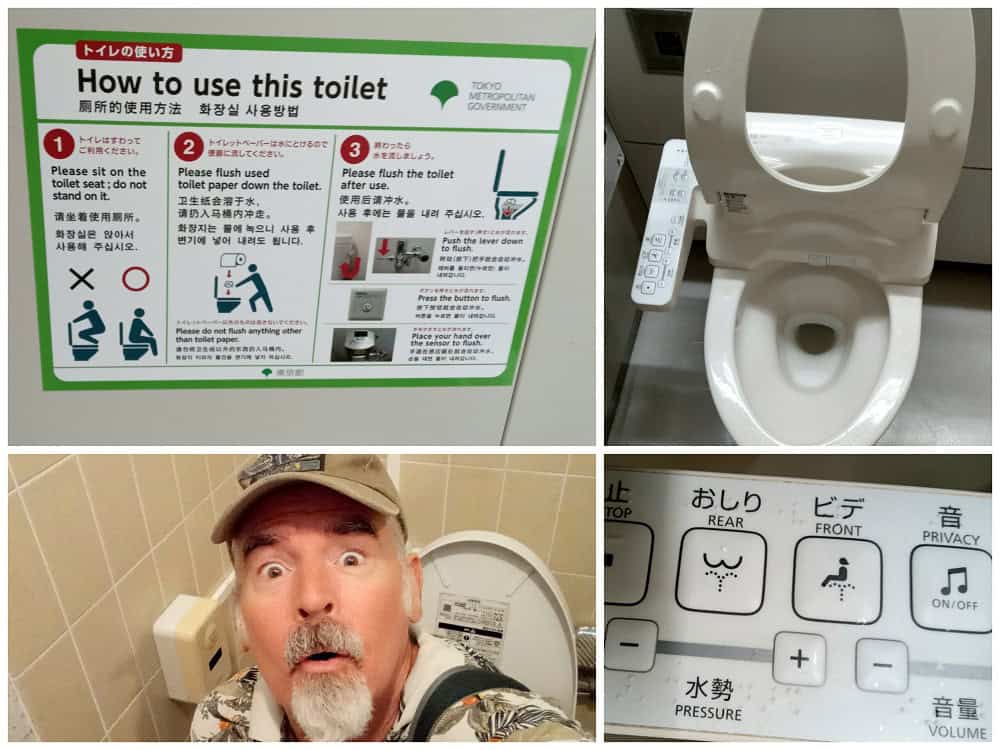
Finally, no Tokyo surprise article would be complete without mention of the public toilets. Depending on your mindset, they are: amazing/advanced/civilized/pleasant/ridiculous/unnecessary/stupid/frightening.
We have seen these contraptions in both Malaysia and Thailand. But Japan is apparently king of the automatic throne. Nowadays, in public access bathrooms here, the toilet is often an advanced piece of technology that helps take care of your business with the touch of various buttons. There are usually ‘instructions’ on the wall.
I’ve only tried the ‘functions’ once and found it unnerving. The unit is really a combination toilet and bidet. The bidet part (cleaning) is controlled by electronic buttons along side the seat or on a mounted control panel. The buttons provide a selection of water sprays and temperatures and air drying too — all while you just sit there pressing buttons. There’s even music that can be played for ‘privacy’.
As a traditionalist, I prefer a wad of good old fashioned toilet paper (that is there too). No water squirts or hot air blasts or fragrance spritzes for my royal arse, thank you very much. To me, such would be the ultimate Tokyo surprise!
As always, be thankful and generous, happy trails & more beer.
Life is NOW!
Thanks for reading, “10 Tokyo surprises.”
Keep reading:
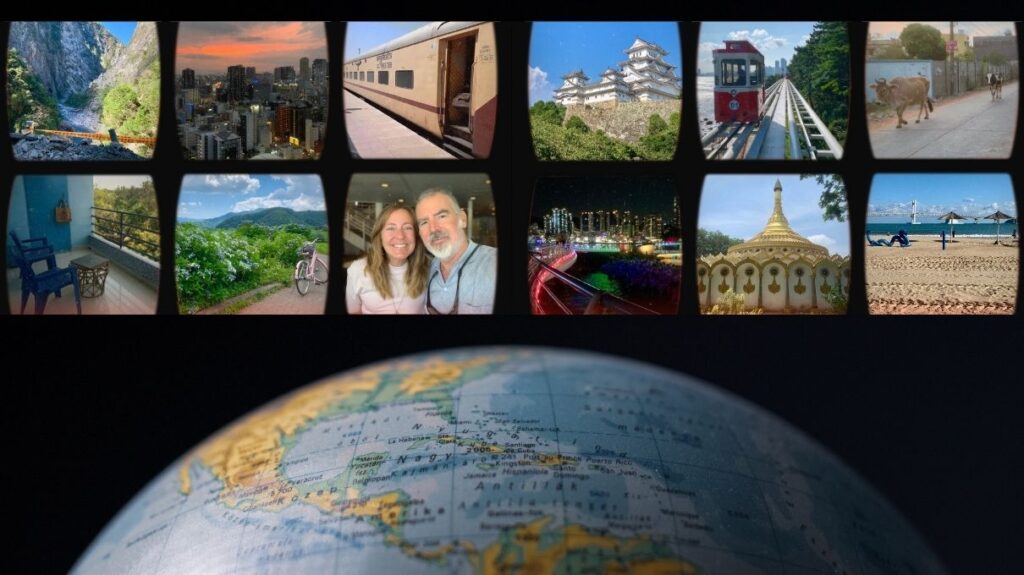
Budget slow travel for under $2,500 a month in 2025
Ellen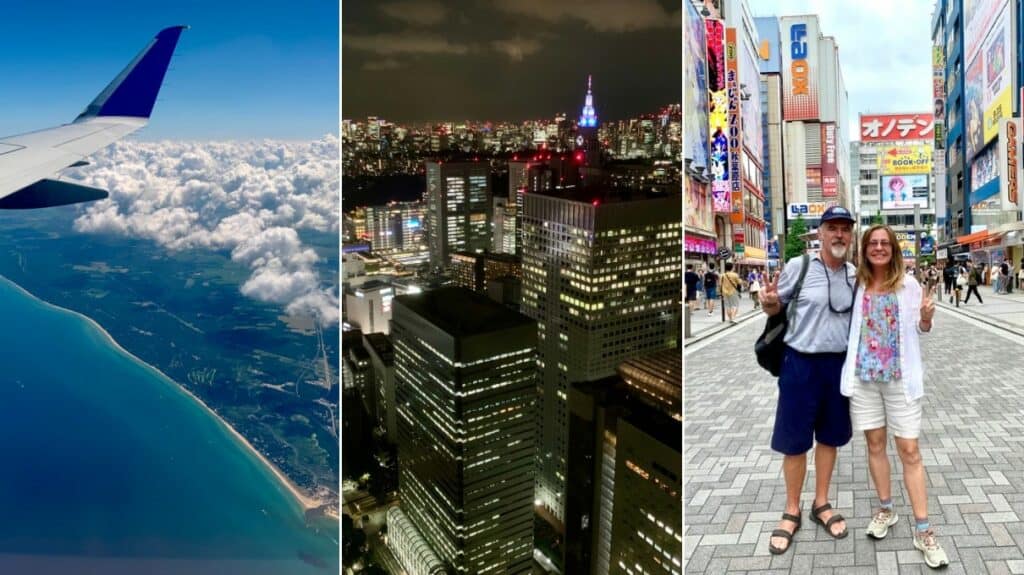
Solo journey to meet in Tokyo & our first few days there
Ellen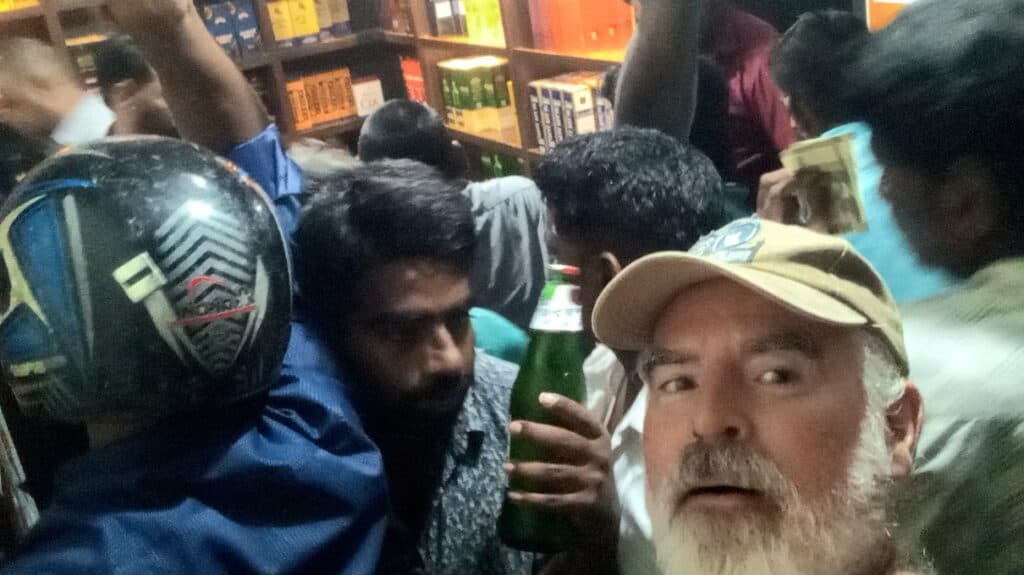
Buying beer in India: ‘Wine shop’ realities
Theo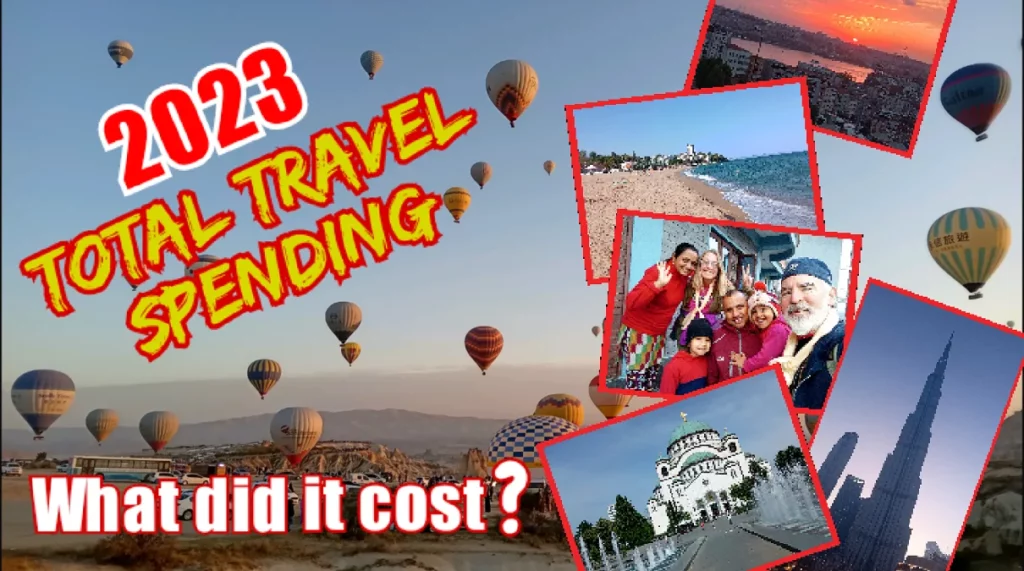
See the world on $76 a day!
Theo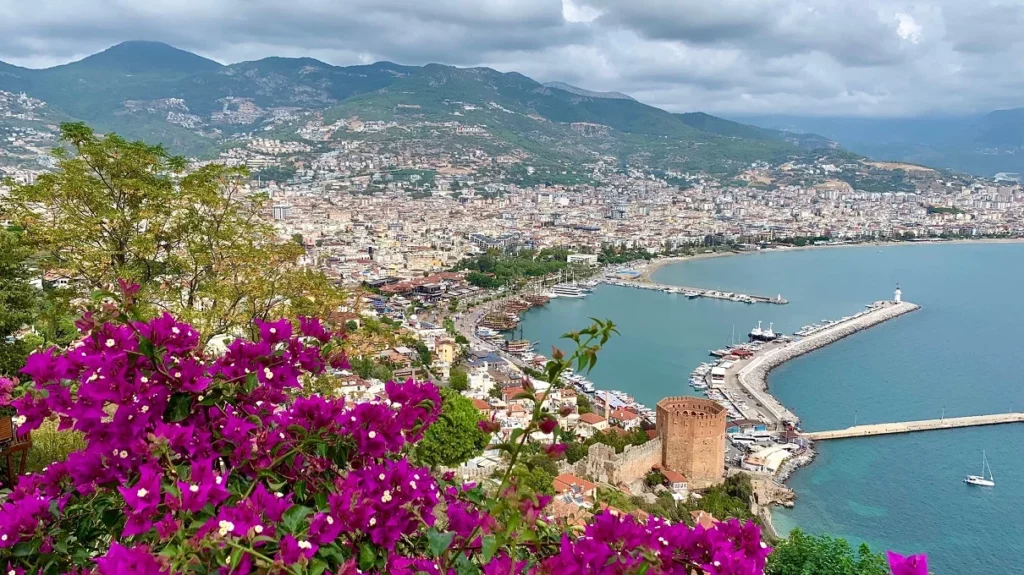
Turquoise Coast, aka Turkish Riviera, for budget slow travelers
Ellen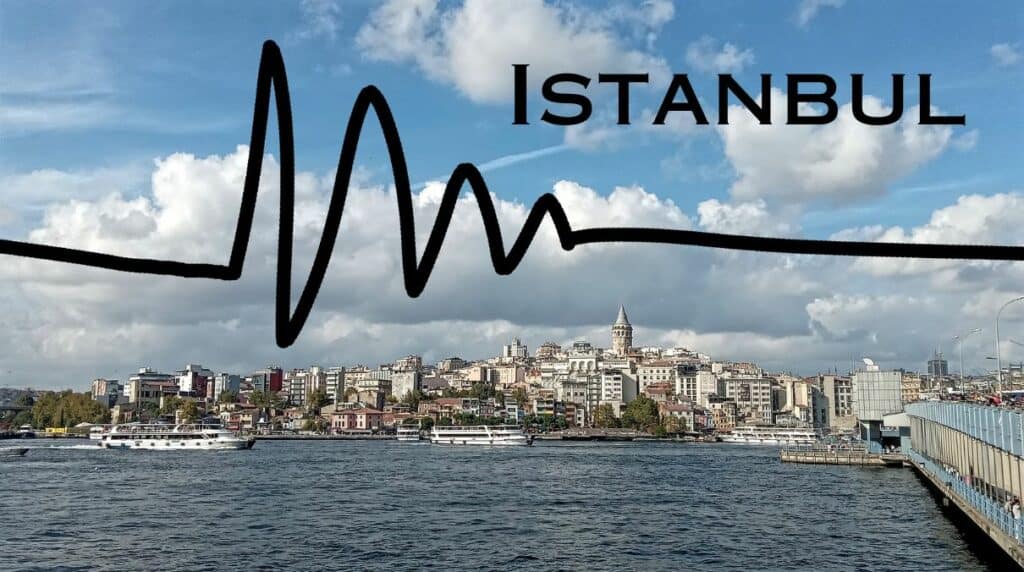
NOTICE: THIS IS A DRILL. NO EARTHQUAKE IS TAKING PLACE!
Theo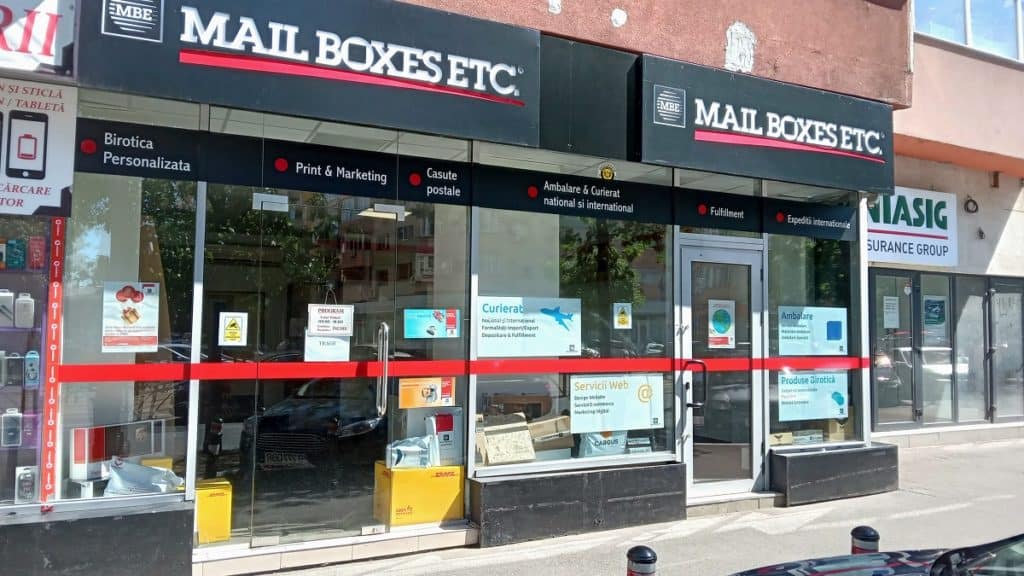
Items left behind during budget slow travel
Theo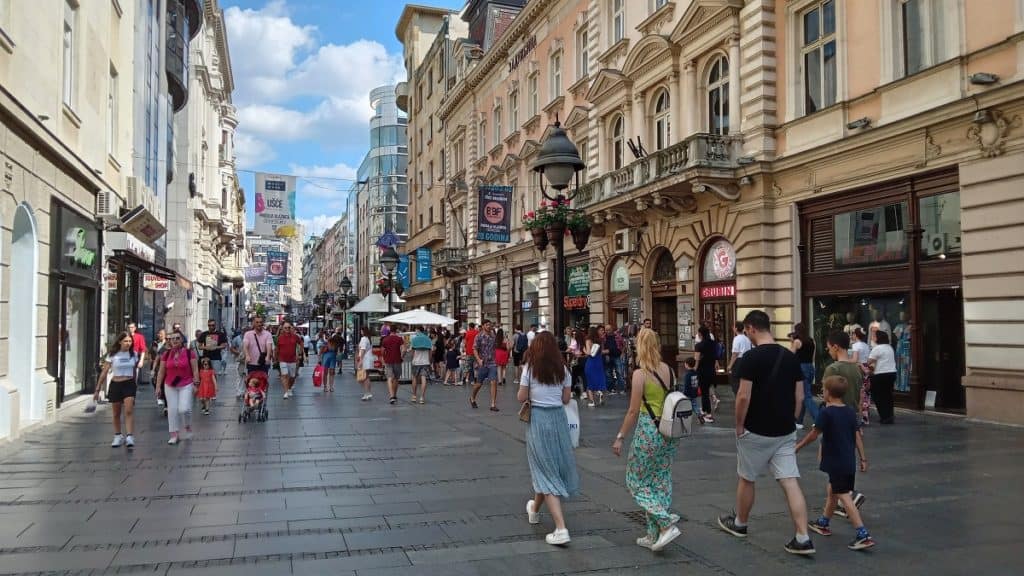
7 surprises after years spent in Asia
Theo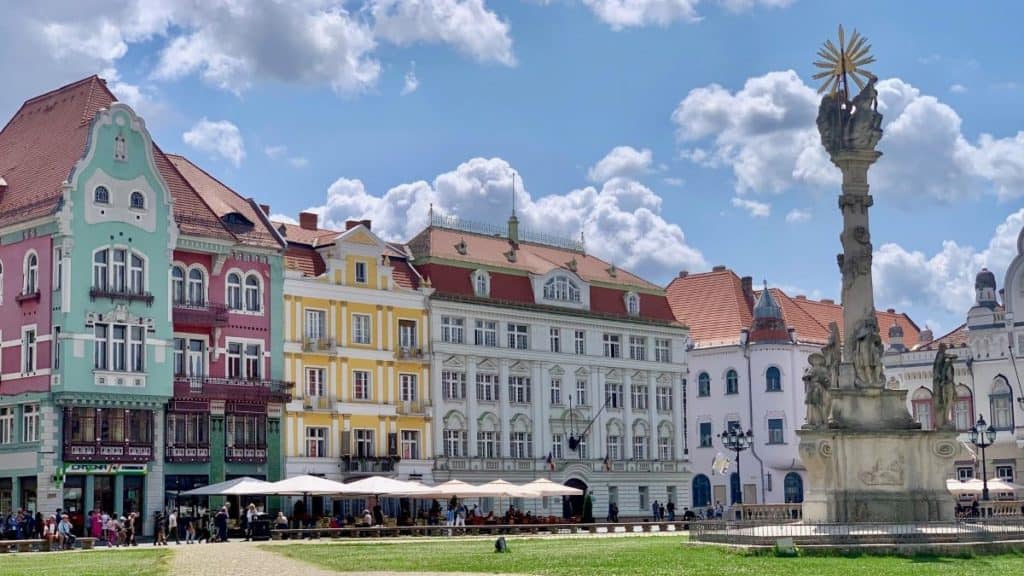
Romantic Timisoara is ‘little Vienna’ in Romania
Ellen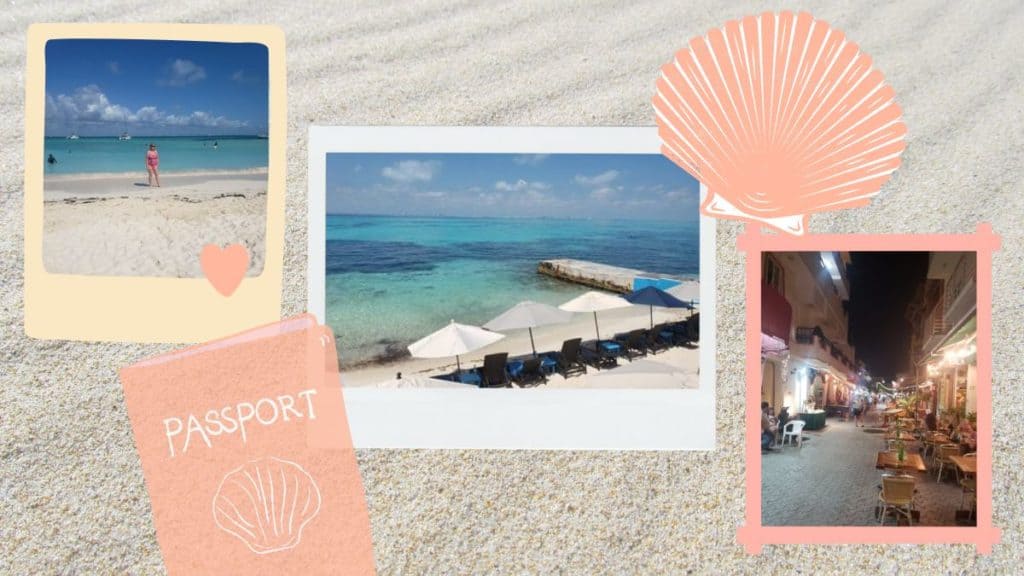
What an Isla Mujeres Vacation is like today
Lori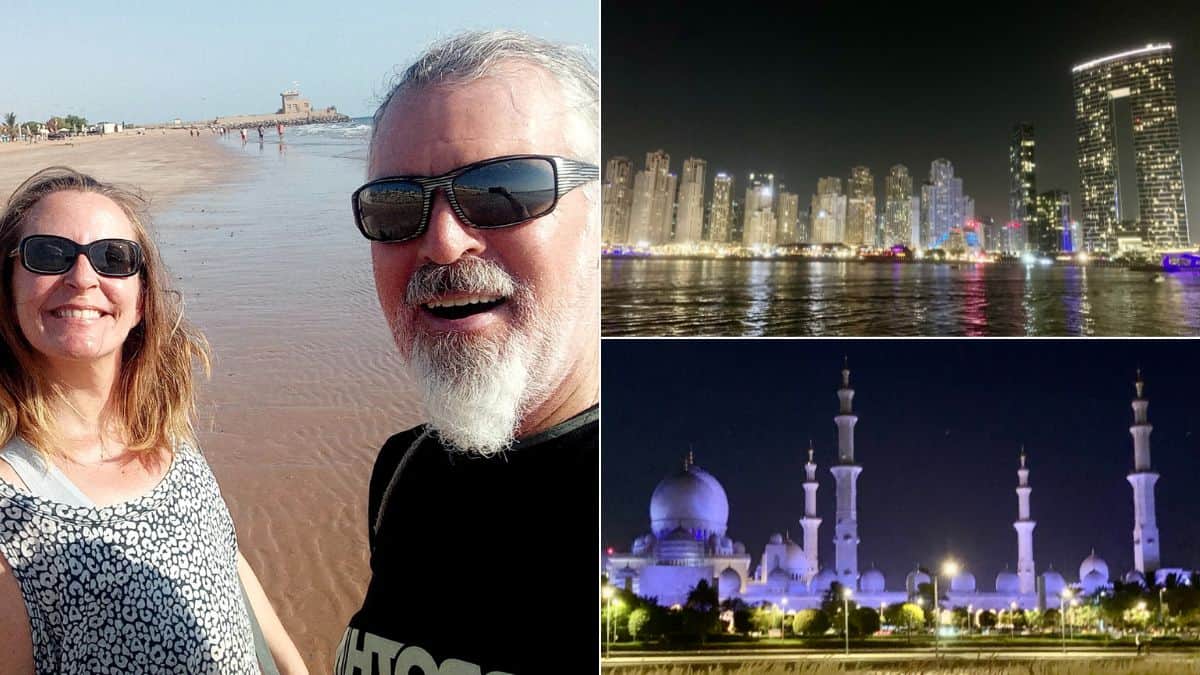
What it cost for 17 nights in the UAE – the slow travel way
Theo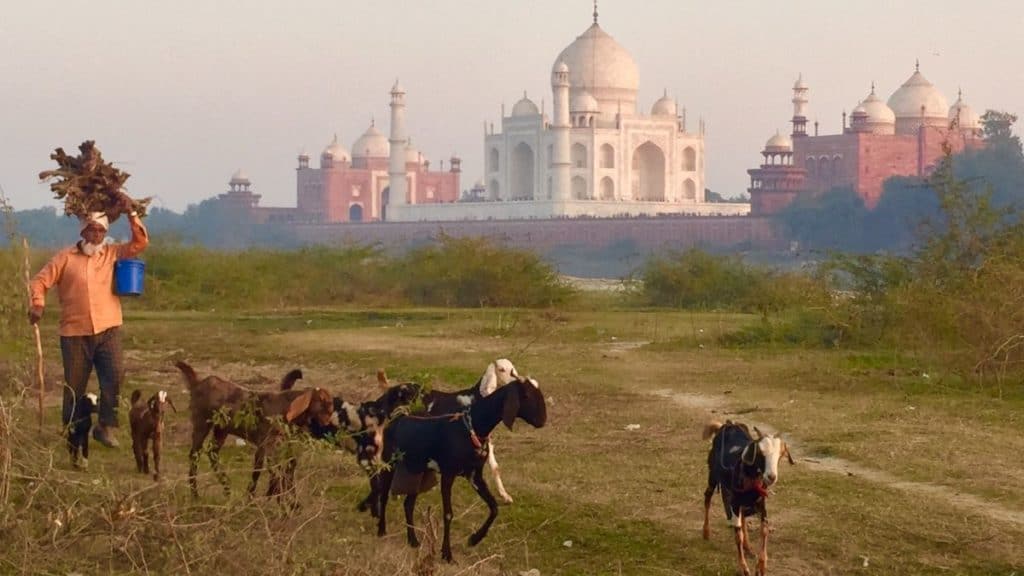
Free guide for budget slow travel in India
Ellen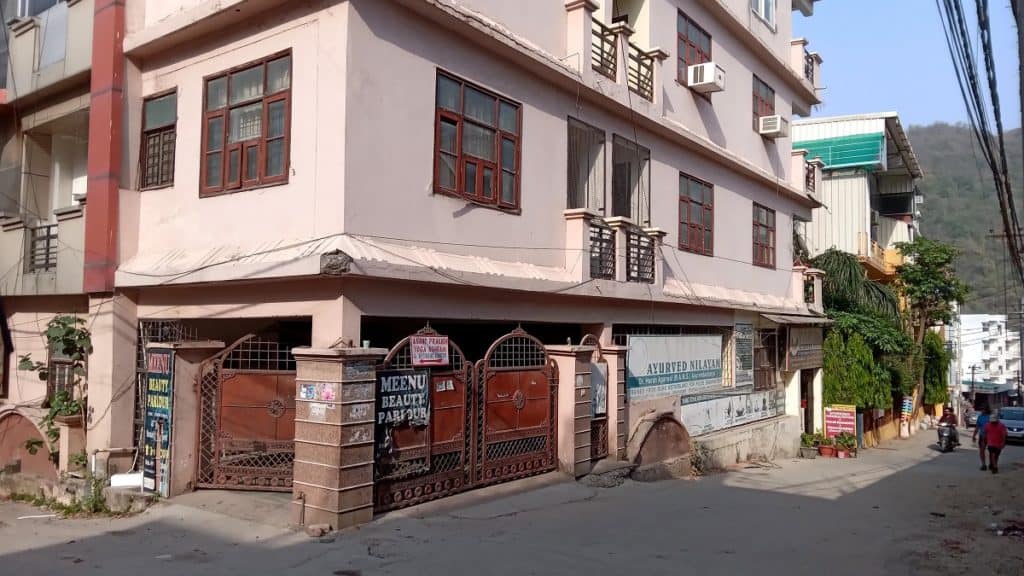
Kortn’s crib: Video tour of Rishikesh apartment
Theo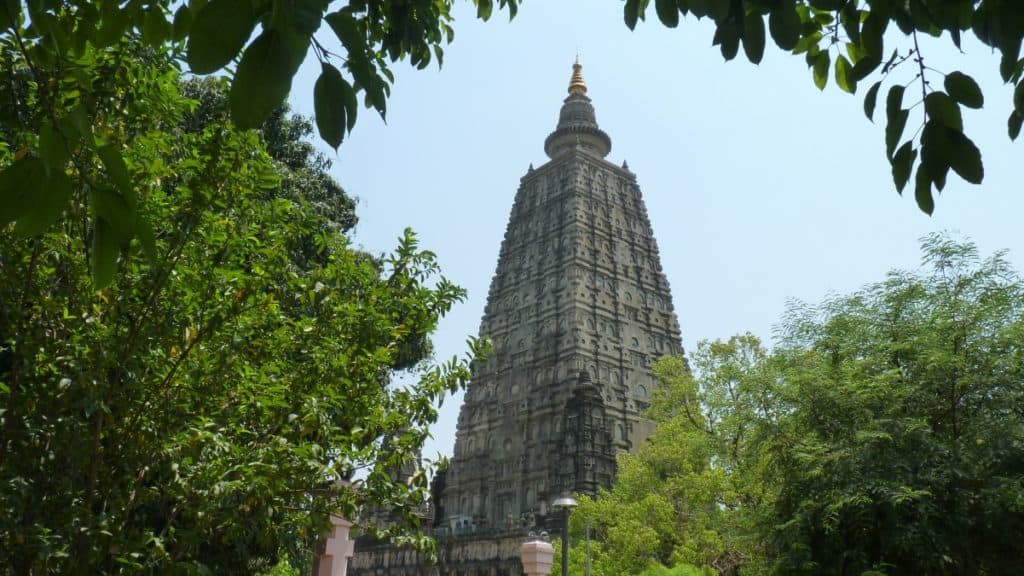
Bodhgaya and the Buddhist Circuit in Bihar
Ellen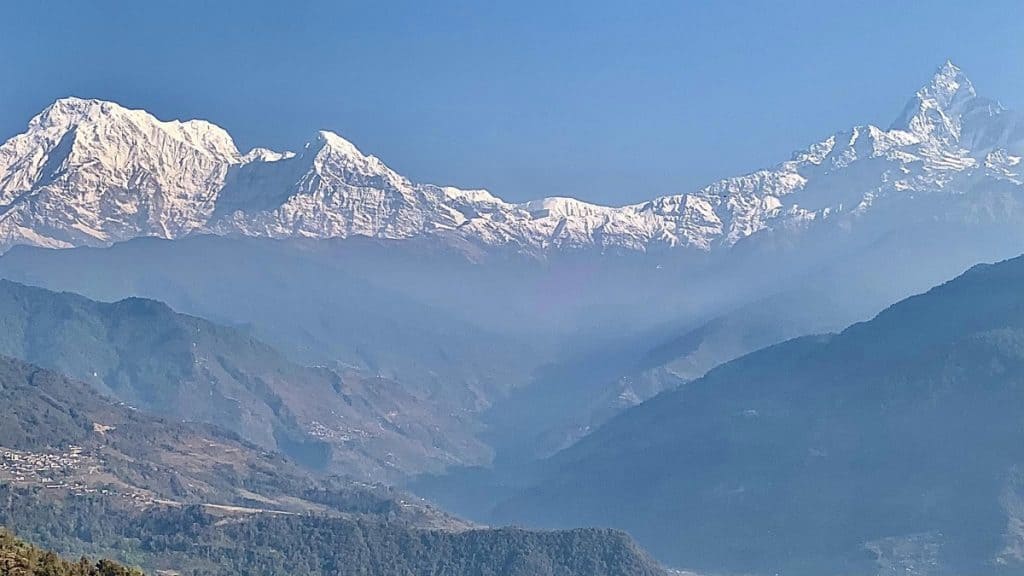
Lovely mountain village near Pokhara, Nepal
Ellen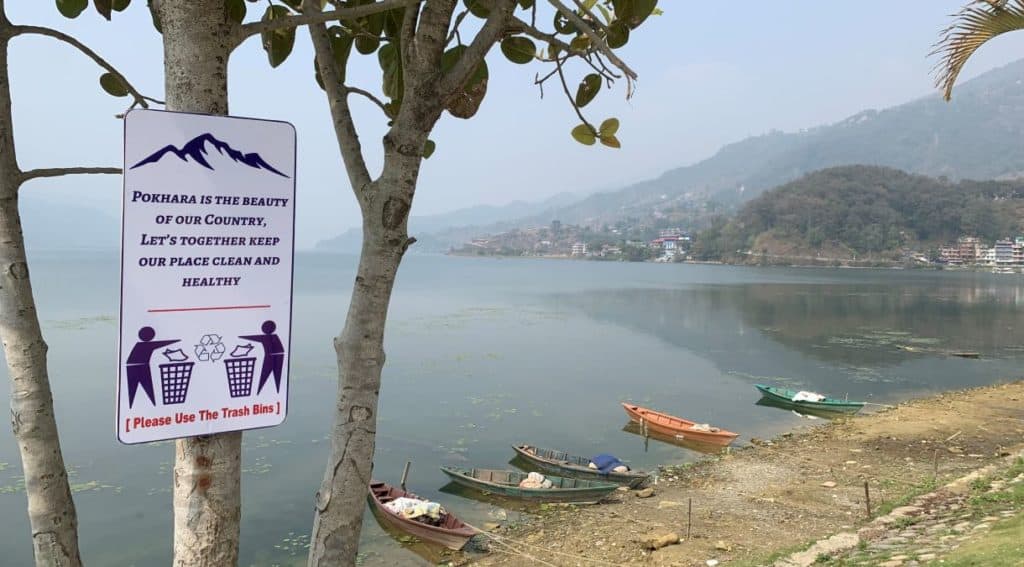
The pleasant surprise of Pokhara, Nepal
Ellen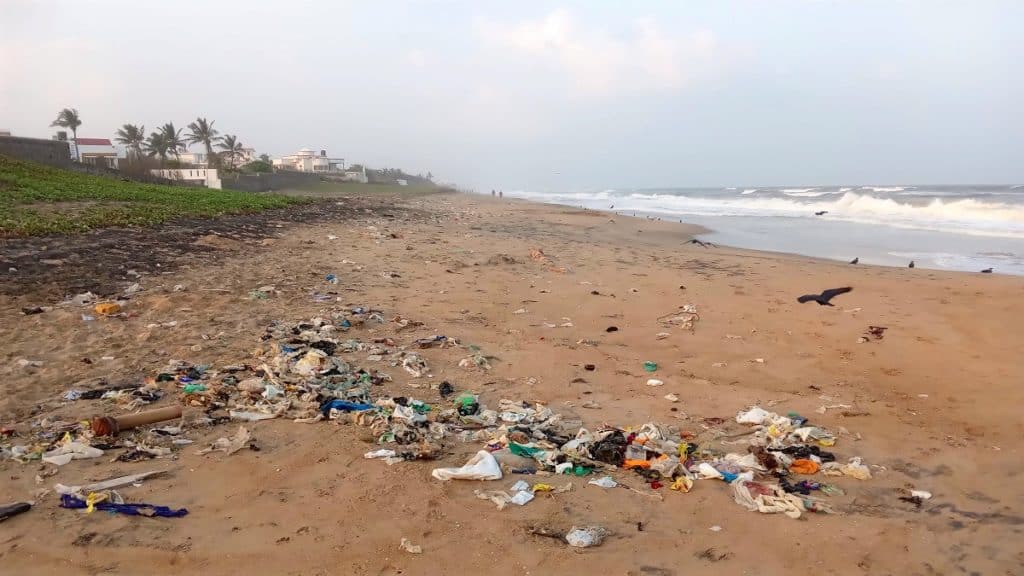
Tamil Nadu beach review – and Puducherry, too
Theo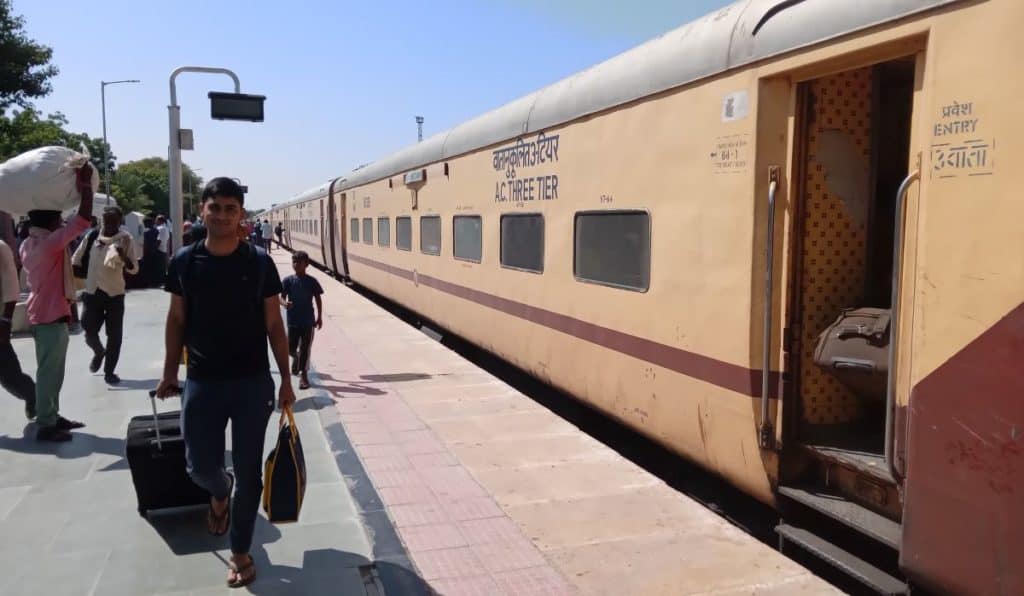
Train travel in India beats flying — if you have time
Ellen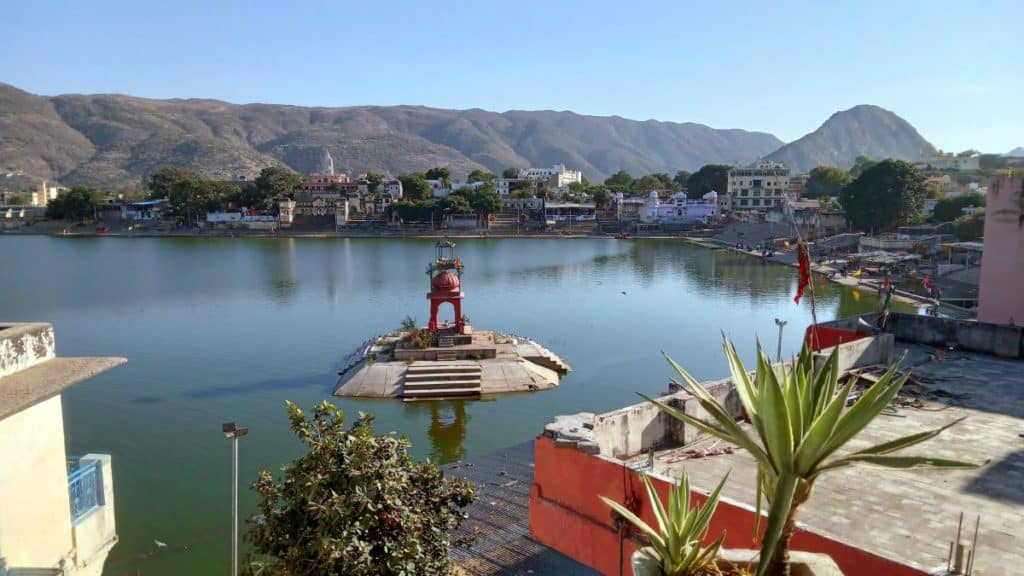
Why Pushkar Lake is a fantastic destination
Ellen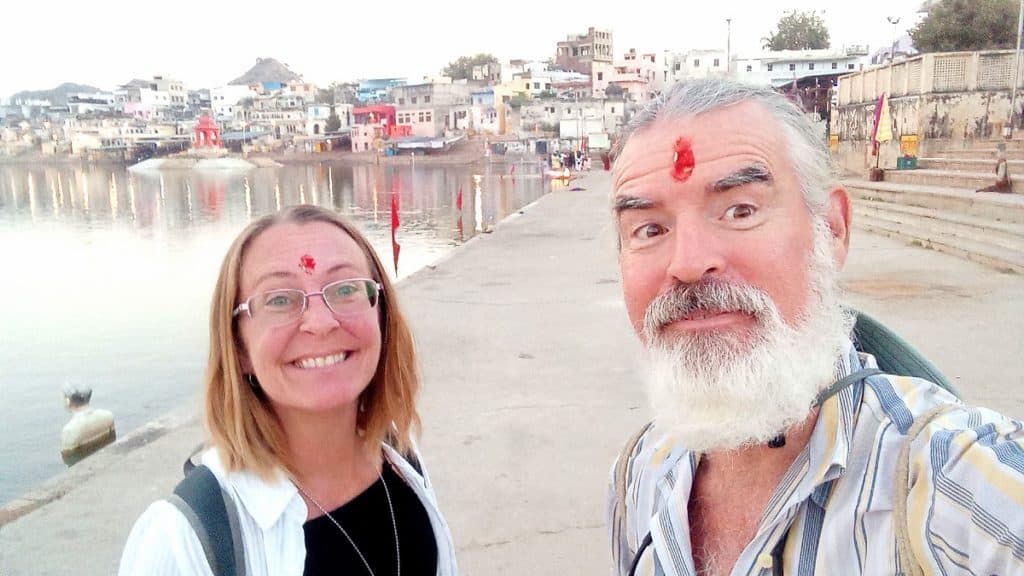
Thanksgiving thoughts from a world traveler
Ellen
Thar Desert camping near Jaisalmer
Theo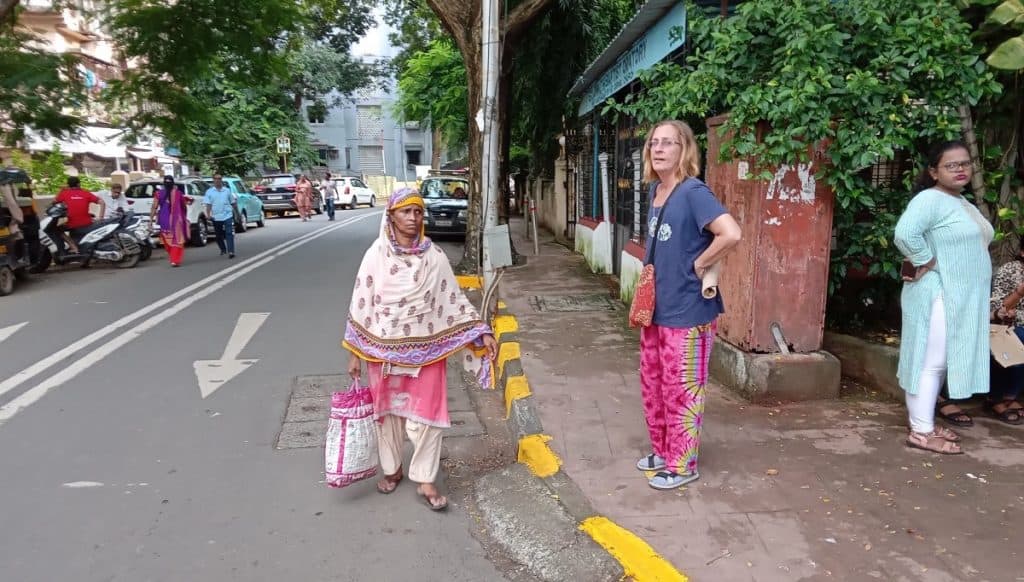
Contradictions in Mumbai – travel notes
Ellen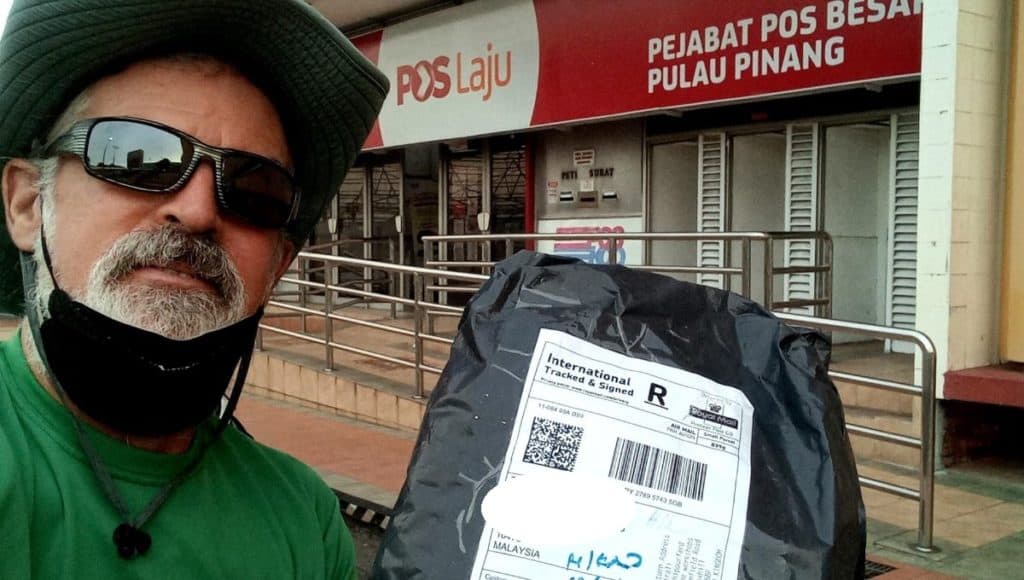
Tips for slow travelers on e-commerce
Theo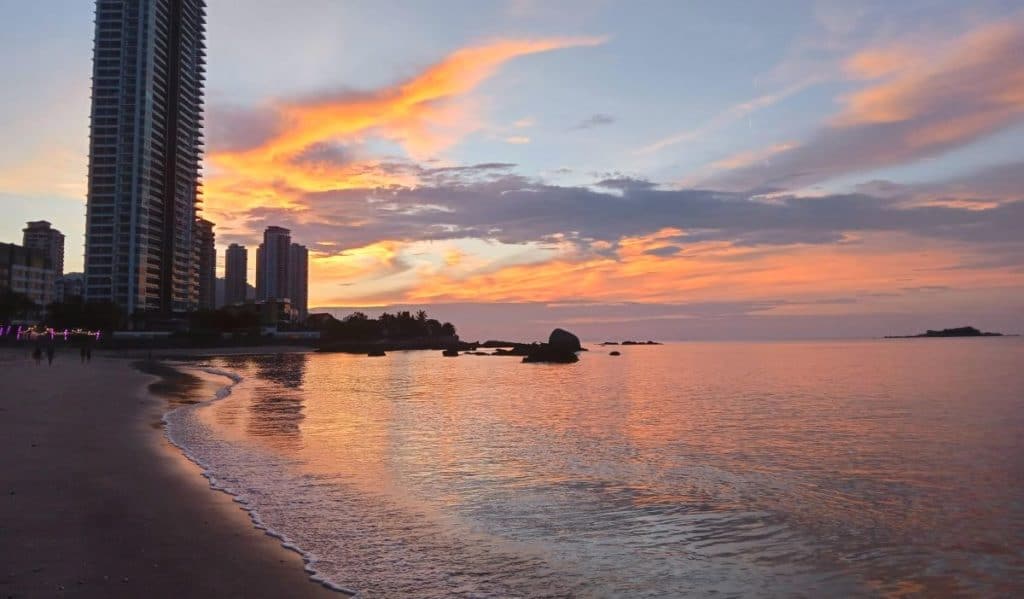
Budget breakdown: Penang, Malaysia
Theo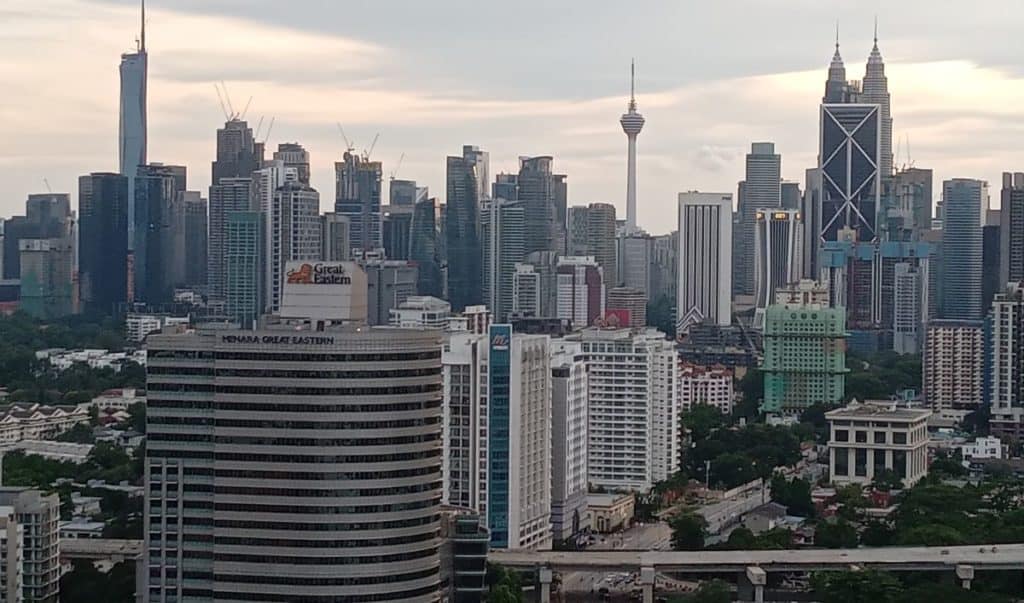
How to enter Malaysia from Thailand over land in 2022
Theo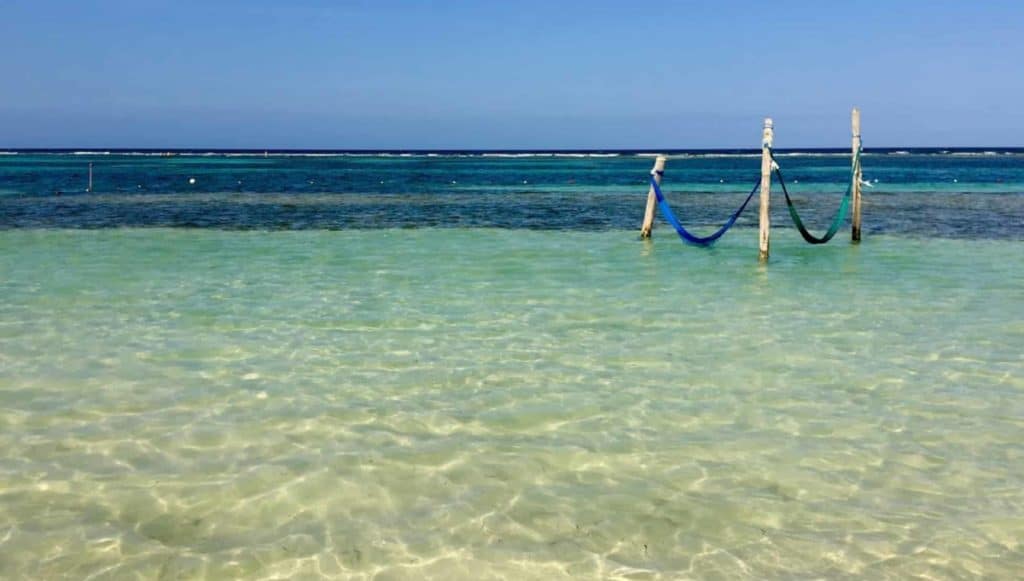
Slow travel itinerary planning on a budget
Ellen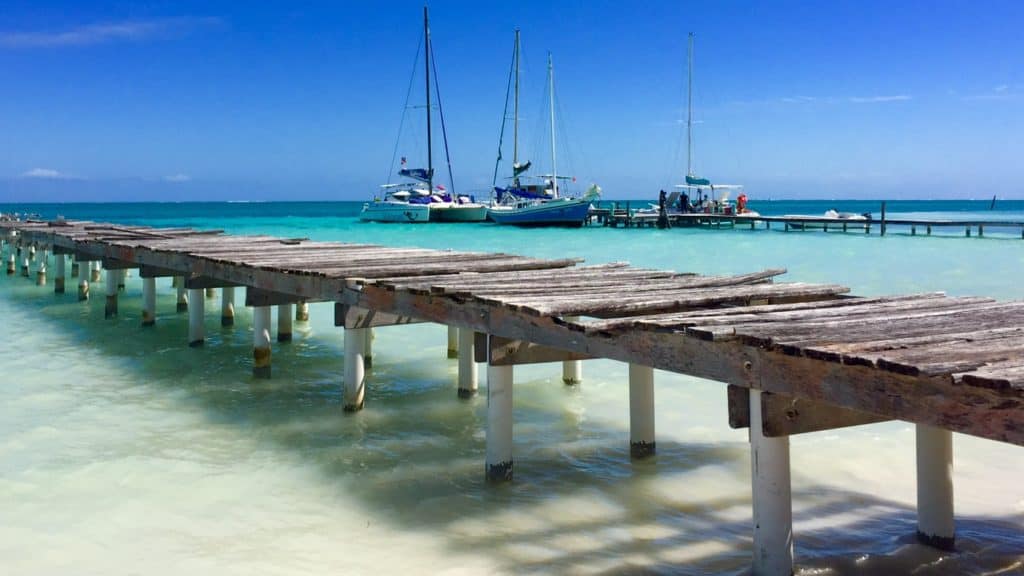
‘Travel the world in retirement’ pep talk
Ellen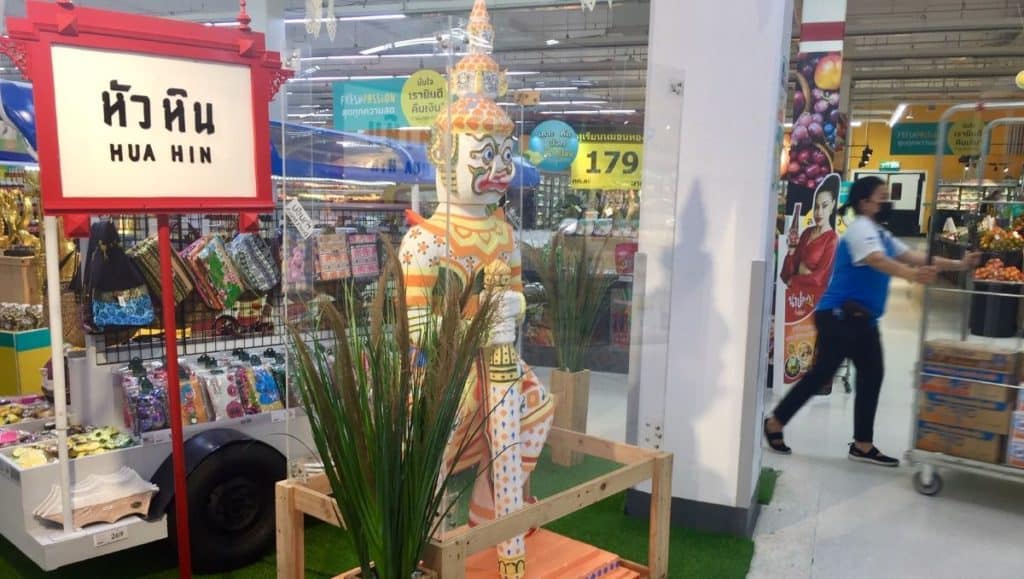
Grocery prices in Thailand: Hua Hin
Ellen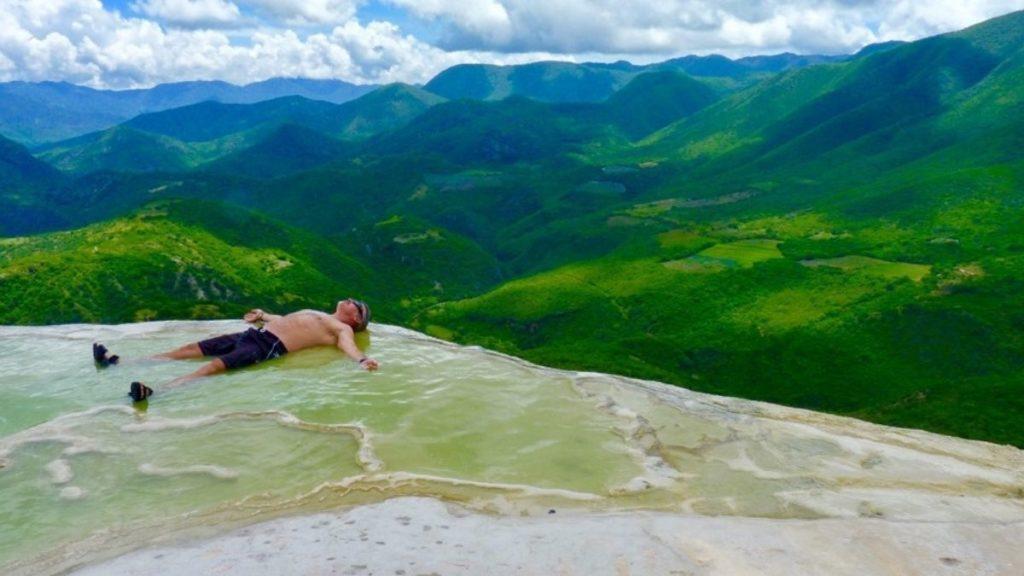
How to travel cheap and handle problems
Ellen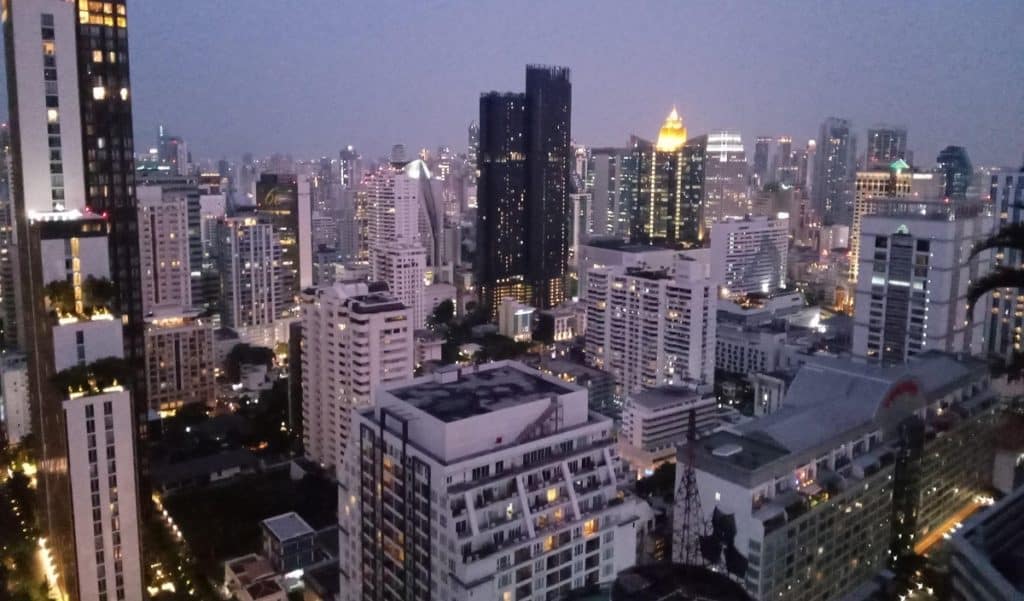
Kortn’s Crib: Bangkok edition
Theo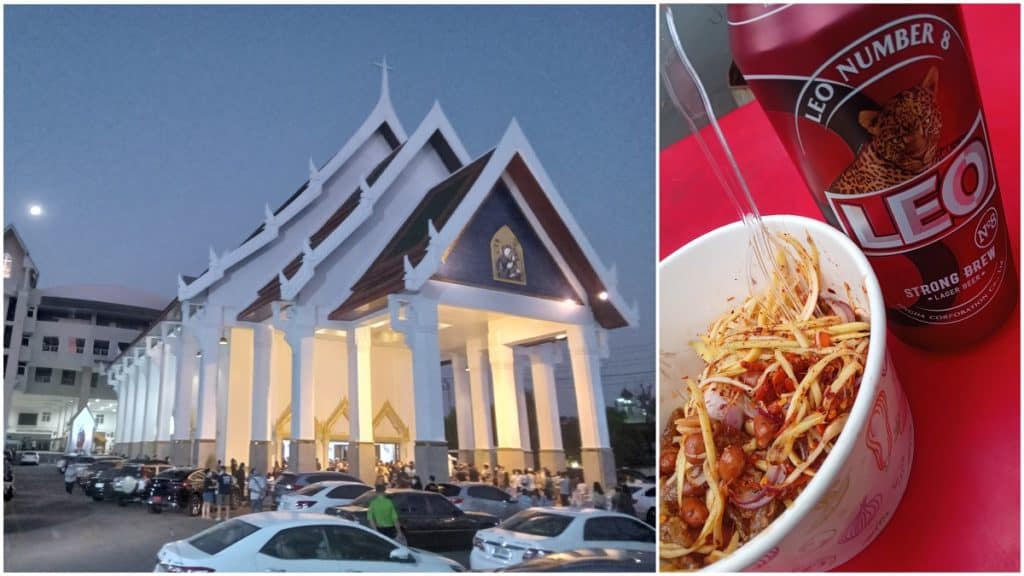
Kortan’s cuisine: Easter brunch in Bangkok
Theo
Earth Vagabonds to leave the Philippines
Ellen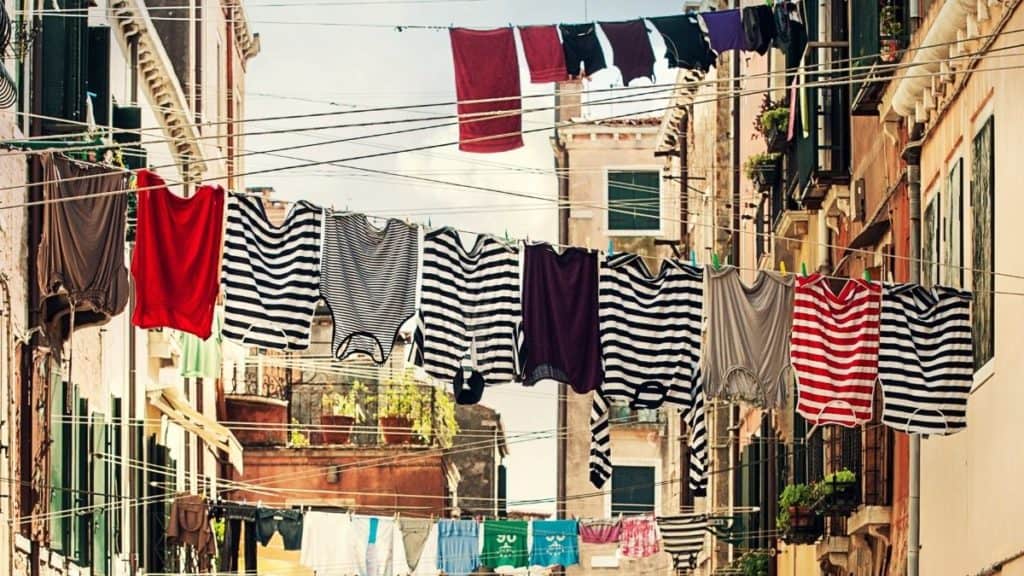
How to hand wash clothes, sheets
Ellen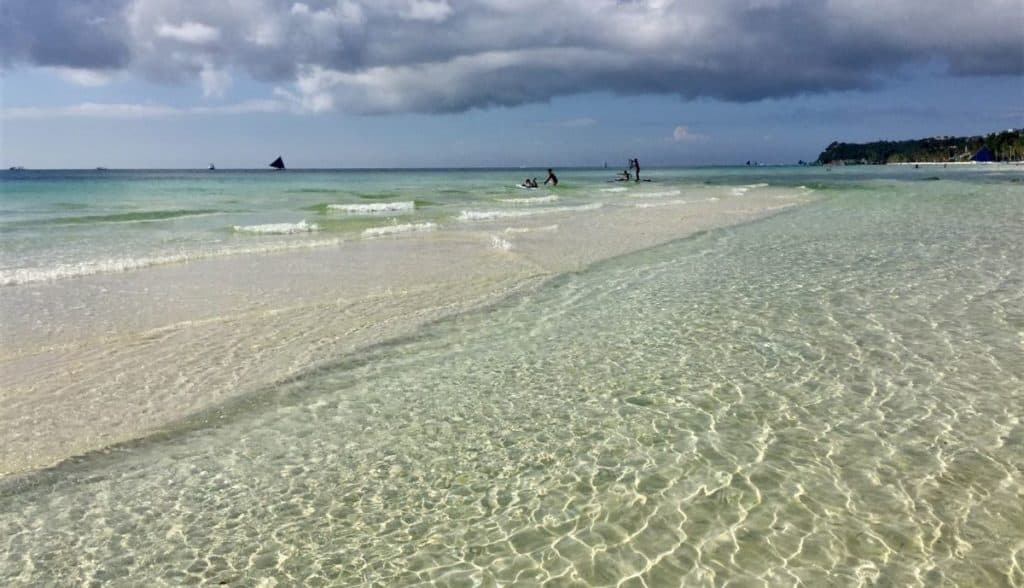
What’s happening on Boracay during Omicron phase
Ellen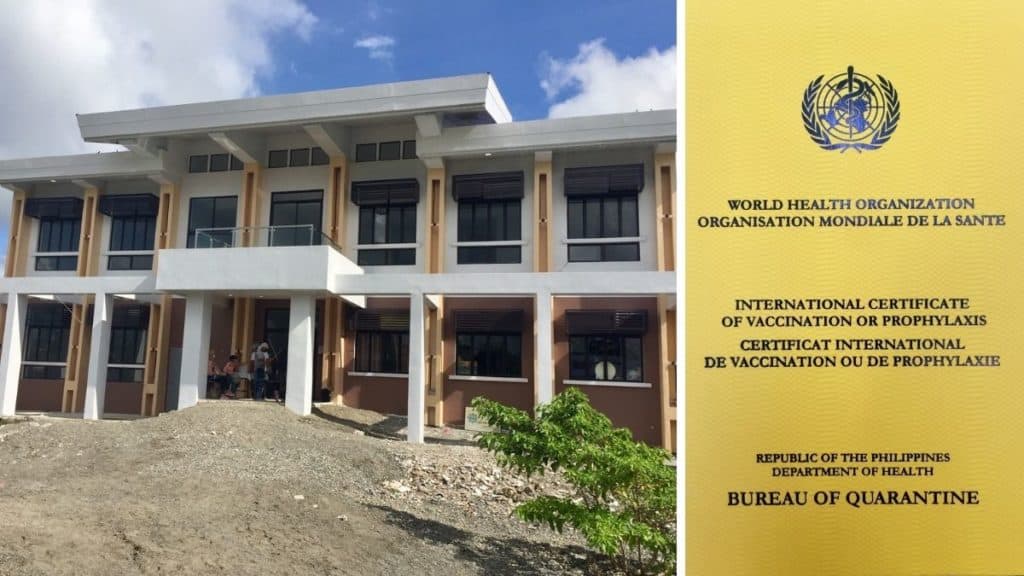
WHO COVID vaccination certificate in the Philippines
Ellen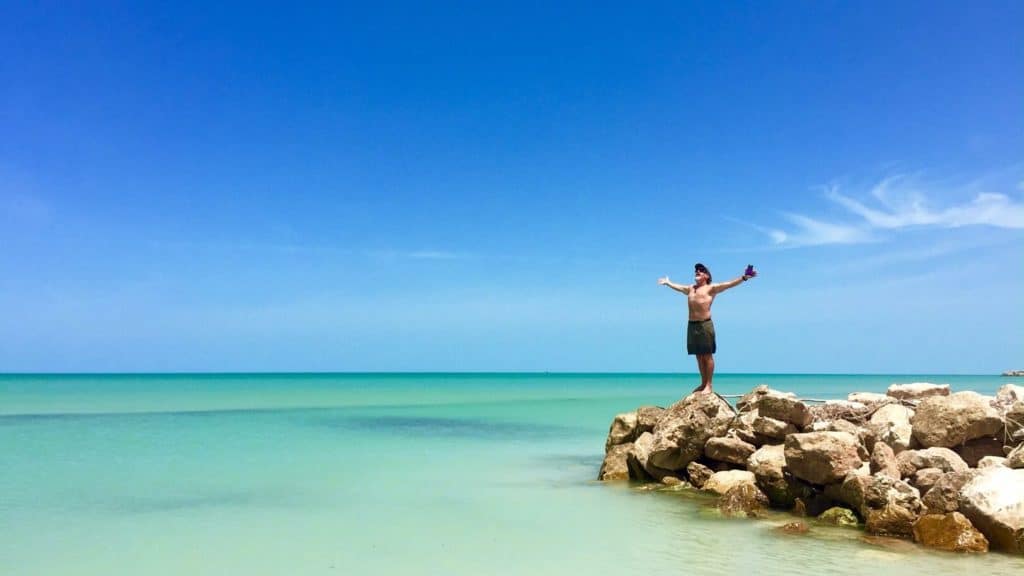
Do you need a million dollars to retire and travel the world?
Theo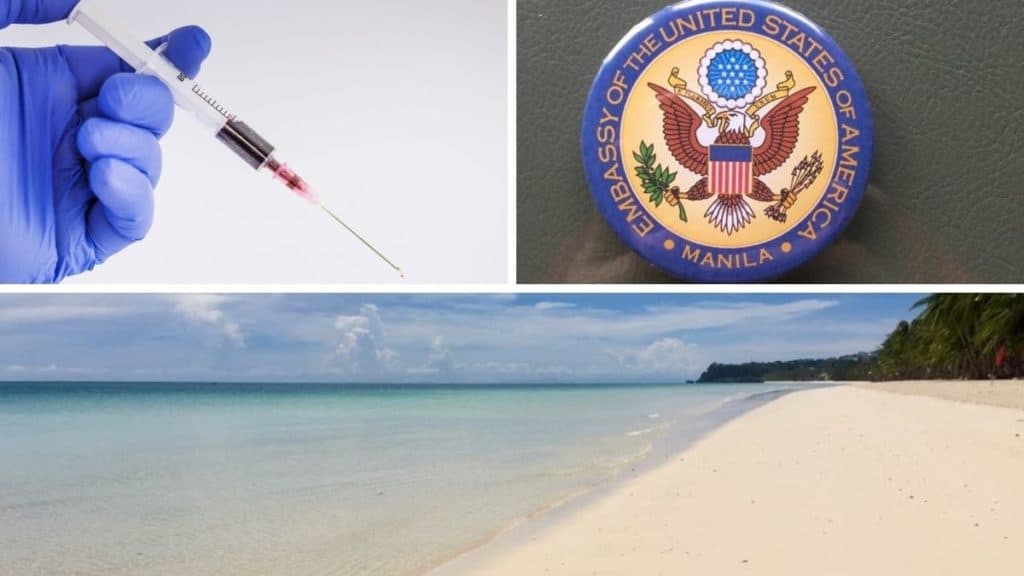
Vaccinations, Boracay, & embassy bottle openers
Ellen



